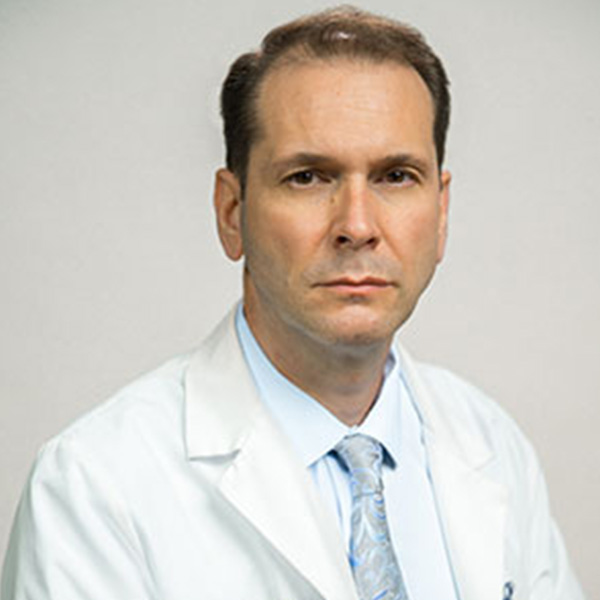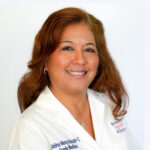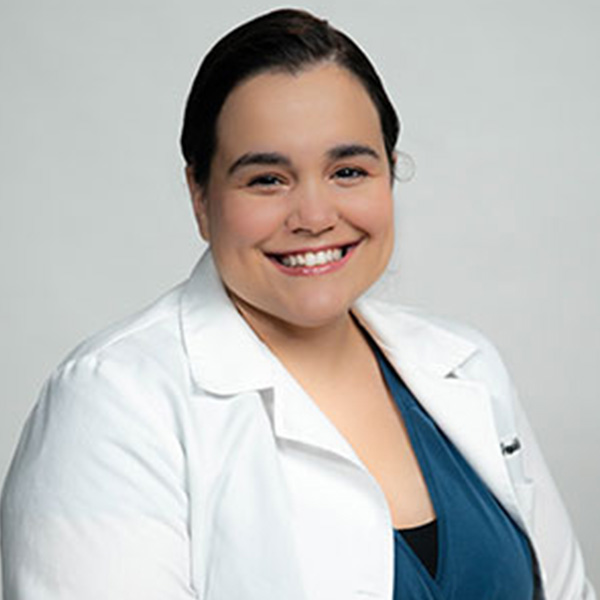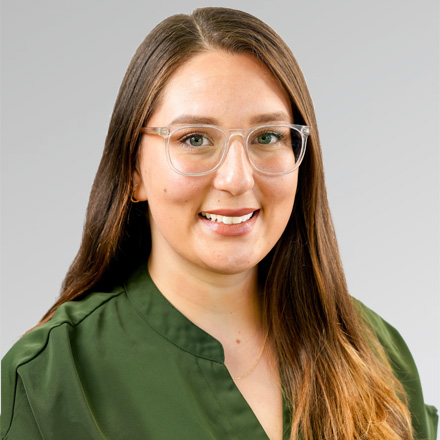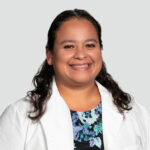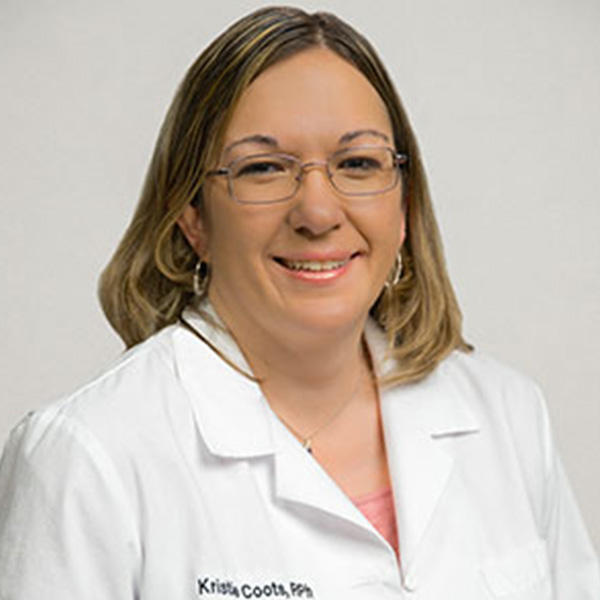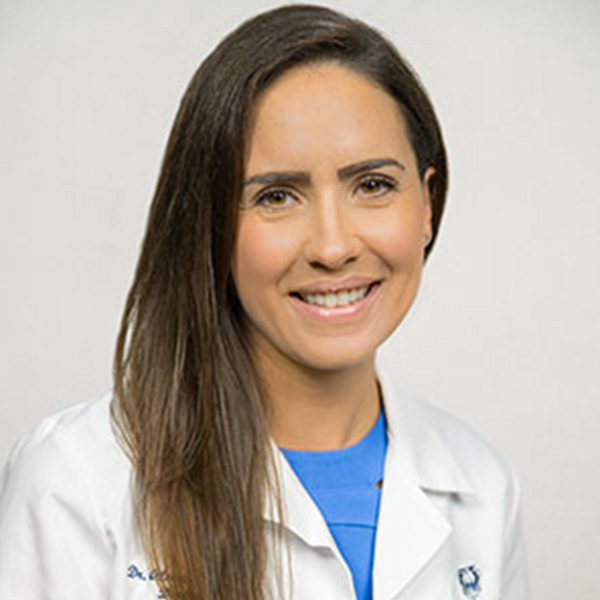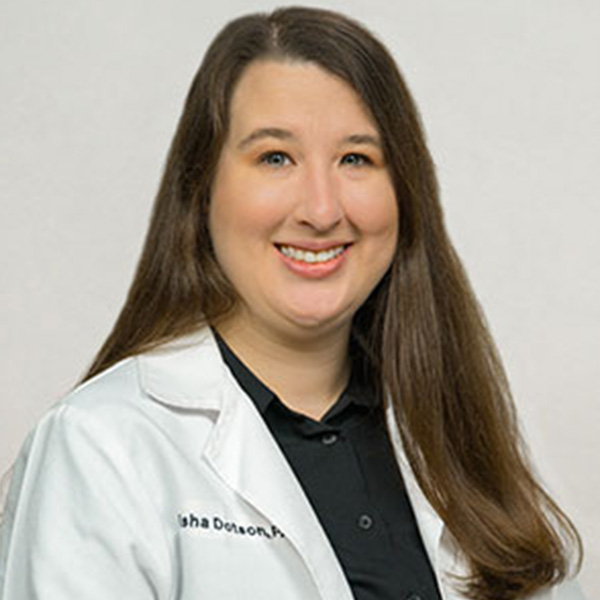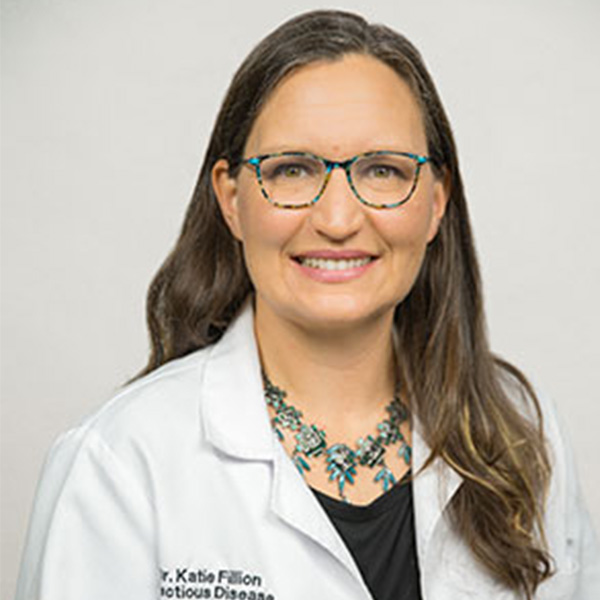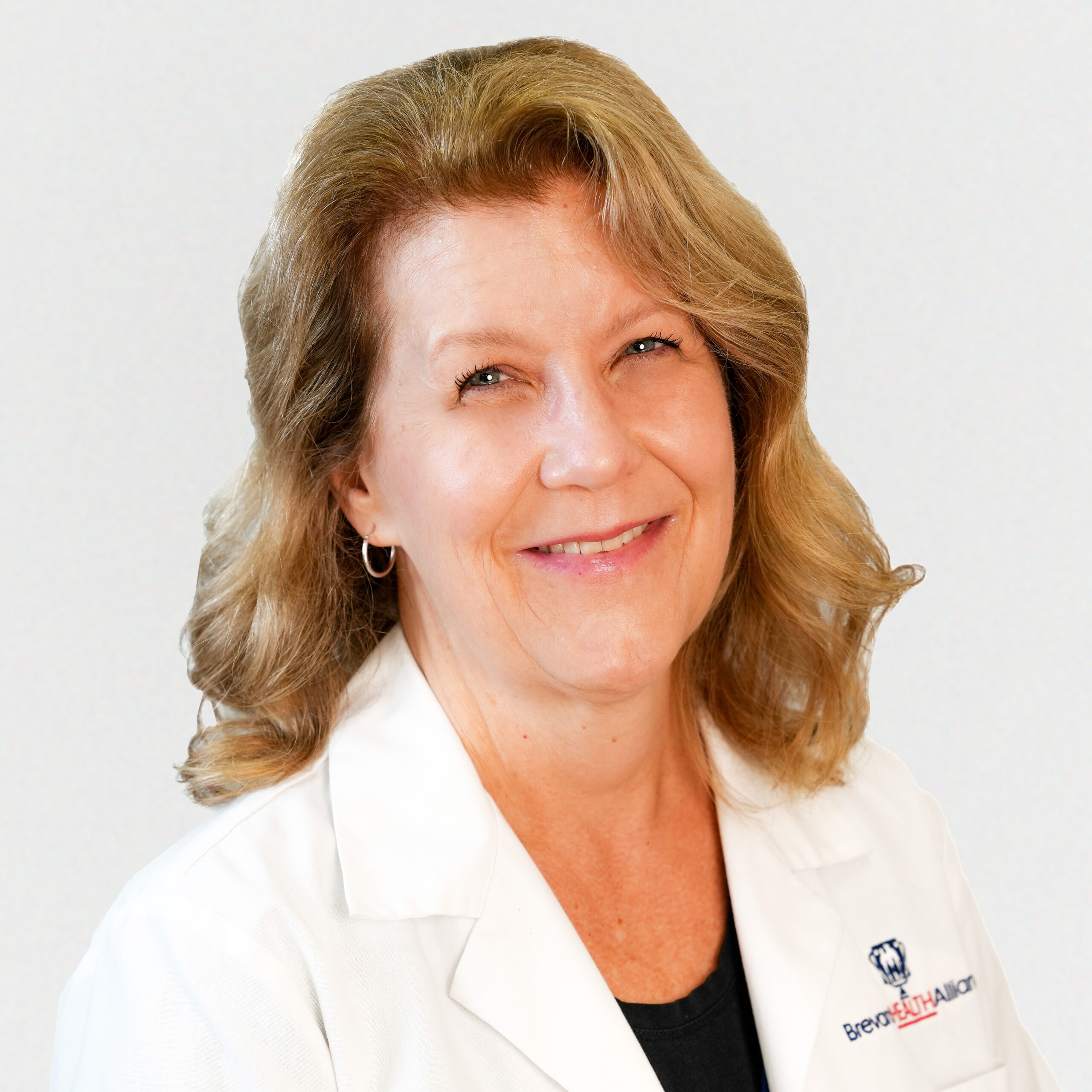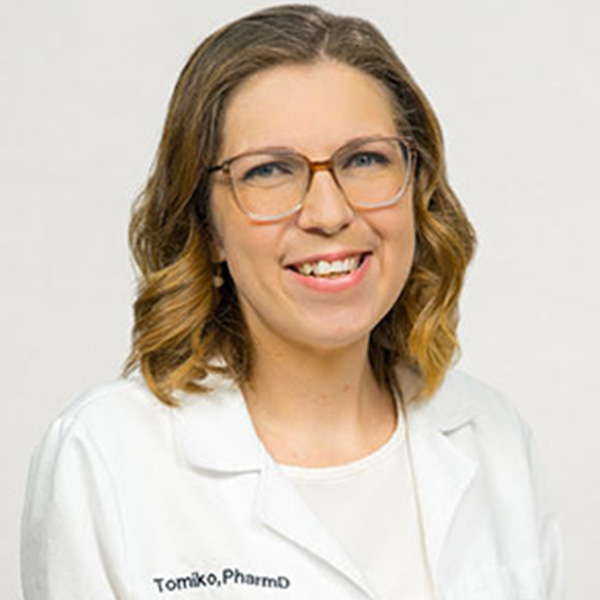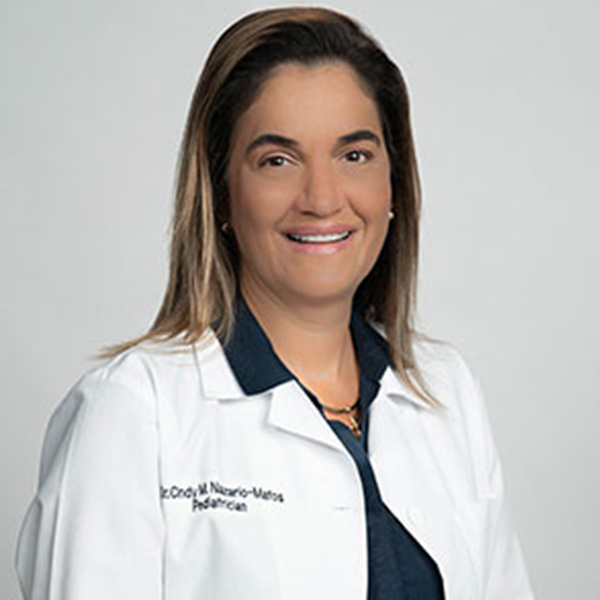June 19 World Sickle Cell Day
Following a Resolution passed by the United Nations in 2008, June 19 has been formally established as World Sickle Cell Day. The day is designed to increase public knowledge and education about sickle cell disease (SCD).
The Sickle Cell Disease Association of America provides a good primer on this inherited disease that affects approximately 100,000 Americans. It is important to distinguish the difference between SCD and Sickle Cell Trait (SCT).
Persons with SCD have genes that form blood cells in the shape of a sickle. These cells can become rigid and sticky and have the potential to block small blood vessels, leading to damaged tissue. Sickle Cell Trait (SCT) means that a person does not have sickle cell disease, but based on heredity, they have inherited one normal gene and one sickle cell gene from their parents. They are considered carriers with the potential to pass along SCD to their children. Currently, there is no universal cure for SCD, although some individuals may be eligible for a curative bone marrow transplant.
Sickle Cell Disease by the Numbers:
Sickle Cell Disease is often mistakenly characterized as a “Black Persons Disease.” Although it does disproportionately affect African-Americans, it can also affect other races. The Centers for Disease Control (CDC) indicates that about 1 in 12 Blacks or African-Americans are SCT carriers. The disease also affects people with ancestors from sub-Saharan Africa; South America, the Caribbean, and Central America; Saudi Arabia; India, and Mediterranean countries such as Turkey, Greece, and Italy. It is estimated that worldwide, some 100 million people may be SCT carriers while in the United States, the number of SCT carriers is estimated at about 3 million people.
Sickle Cell Trait Probability in Babies:
The CDC has compiled data from the National Center on Birth Defects and Developmental Disorders that lays out a statistical blueprint for the probability of a baby inheriting either SCT or SCD. In brief:
*If both parents have SCT, there is a 50-percent chance the child will also have SCT if the child inherits the trait from one parent. These children will not have symptoms of SCD but can pass on SCT to their children
*If both parents have SCT, there is a 25-percent chance their child will have SCD. There is the same 25-percent chance that the child will not have SCD or SCT.
*If one parent has CST there is a 50-percent chance that the child will have SCT and an equal 50-percent chance the child will not inherit SCT.

Brevard Health Alliance’s Dr. Kinard Cooper, a Family Medicine practitioner, notes that because SCT is an inherited blood disorder, there are few outward symptoms, and a blood test is necessary for confirmation.
“Sickle cell trait (SCT) is considered benign because patients do not get vaso-occlusive crisis; those with SCT have improved quality of life and mortality is the same as the rest of the general population care. Because SCT is an inherited trait, it can be identified with a simple blood test. The trait can be passed on from parent to child. If both parents have SCT, they may have a child with the disease.”
The Family Medicine specialist also points out that the potential impact on overall health and potential for health-related issues are different from those diagnosed with SCT and those diagnosed with Sickle Cell Disease (SCD).
“An individual with SCT has only one abnormal hemoglobin beta gene allele. In comparison, an individual diagnosed with SCD has two abnormal hemoglobin beta gene alleles. Those with SCT do not have symptoms related to sickling and consequently tend to have a better quality of life than patients who suffer from SCD. Patients with SCT do not have a higher risk of mortality when compared to the general population.
“Although SCT is seen as benign, patients with these traits have a predisposition for clinical medical problems. Some medical complications are correlated to hematuria (the presence of blood in a person’s urine) due to renal papillary necrosis, chronic kidney disease, renal medullary carcinoma, splenic infarction, and sudden death due to exertion.”
Cooper adds that testing, screening, and genetic counseling are all tools medically available to determine and help manage the incidence of these traits and diseases.
“Genetic testing in pregnant females and newborn screening are offered in all 50 states for the sickle cell trait (SCT) before a baby is discharged from the hospital. (SCT) is more prevalent in people of African descent whose ancestors came from tropical and subtropical regions.
“Genetic counseling has proven to reduce the percentages of traits and diseases. If individuals know their sickle cell trait status, there will be less chance of transferring the trait or the disease to the next generation,” he explains.


























